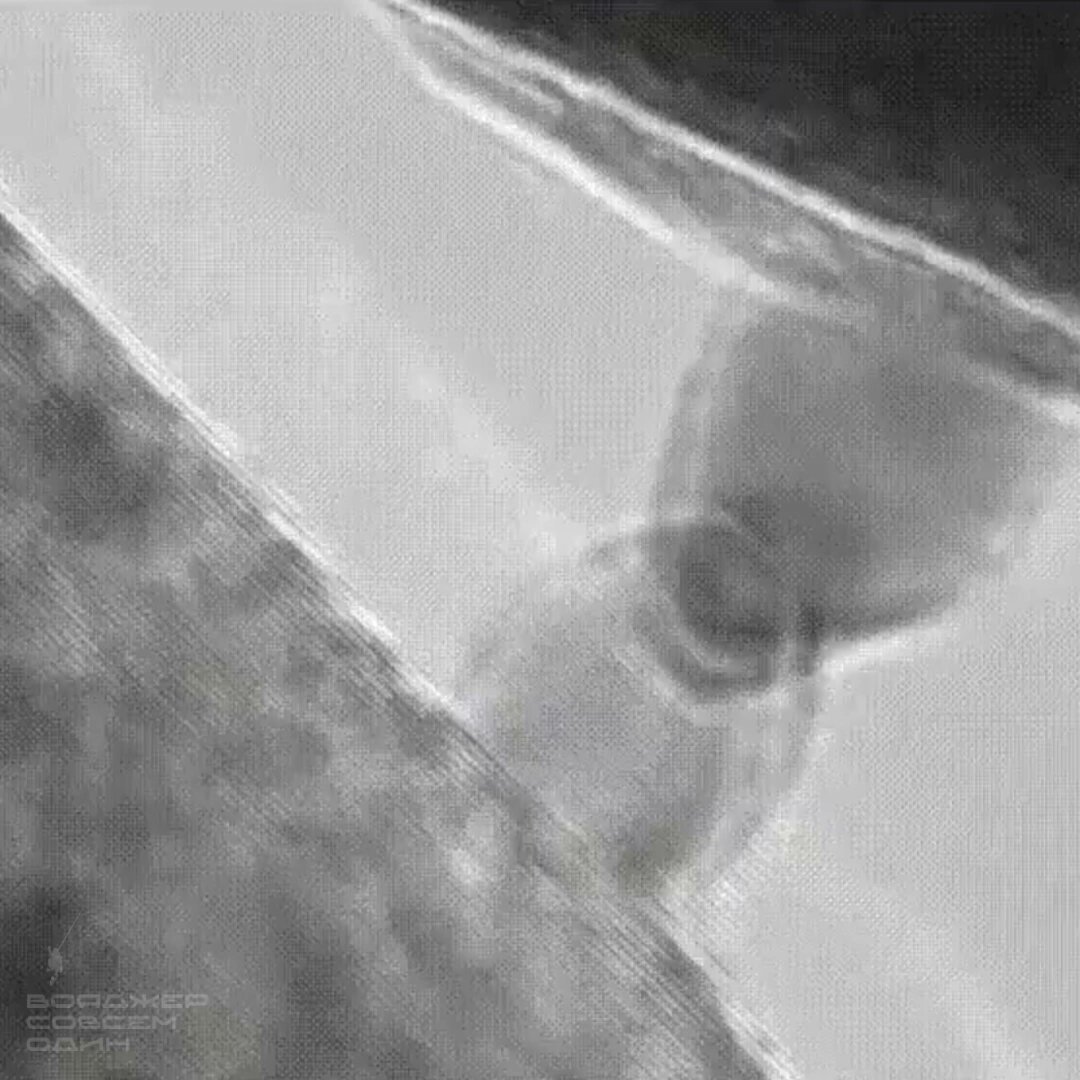[GUEST ACCESS MODE: Data is scrambled or limited to provide examples. Make requests using your API key to unlock full data. Check https://lunarcrush.ai/auth for authentication information.]  Black Hole [@konstructivizm](/creator/twitter/konstructivizm) on x 755.4K followers Created: 2025-07-05 14:32:00 UTC Metal sticks together in space In a vacuum, like outer space, two pieces of identical metal can stick together without heat or pressure. This phenomenon is called cold welding. On Earth, this reaction is impossible because there is always a layer of oxides or moisture between the surfaces. In a vacuum, these layers disappear, and the metals “think” they are one, so their atoms fuse at the molecular level. Cold welding is a problem for satellites and spacecraft, where moving metal parts (such as hinges or fasteners) can unexpectedly stick together permanently. The effect was first observed in 1985 on an ESA satellite, and engineers have been taking it into account in their designs ever since. Different materials, lubricants and coatings are used to prevent unintentional sticking in a vacuum.  XXXXXXX engagements  **Related Topics** [outer](/topic/outer) [Post Link](https://x.com/konstructivizm/status/1941505345396084902)
[GUEST ACCESS MODE: Data is scrambled or limited to provide examples. Make requests using your API key to unlock full data. Check https://lunarcrush.ai/auth for authentication information.]
 Black Hole @konstructivizm on x 755.4K followers
Created: 2025-07-05 14:32:00 UTC
Black Hole @konstructivizm on x 755.4K followers
Created: 2025-07-05 14:32:00 UTC
Metal sticks together in space
In a vacuum, like outer space, two pieces of identical metal can stick together without heat or pressure. This phenomenon is called cold welding. On Earth, this reaction is impossible because there is always a layer of oxides or moisture between the surfaces. In a vacuum, these layers disappear, and the metals “think” they are one, so their atoms fuse at the molecular level.
Cold welding is a problem for satellites and spacecraft, where moving metal parts (such as hinges or fasteners) can unexpectedly stick together permanently. The effect was first observed in 1985 on an ESA satellite, and engineers have been taking it into account in their designs ever since. Different materials, lubricants and coatings are used to prevent unintentional sticking in a vacuum.

XXXXXXX engagements
Related Topics outer